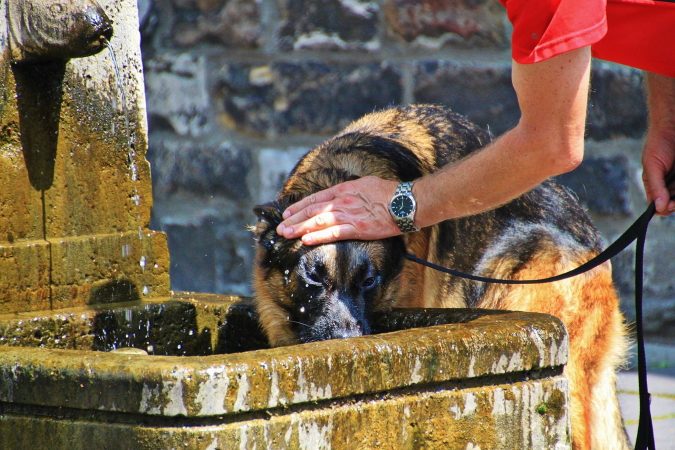
Many Aussies use the air conditioner not just for themselves but also for their furry friends, especially during the hottest months of the year. Based on our study on the household cooling system and demand for electricity, it reflected a current trend about the use of air conditioning units for pets. This means that even when the homeowners are out and about, AC’s are left on to create a comfortable home environment for cats and dogs. Others even purposely leave doors and windows open so that their pets are not locked in a specific section of the house. As an effect, there’s an increase in the electricity bill because air conditioners need to work harder to keep up the temperature.
The study we conducted is in accordant with the rising global trend on the “humanization of pets” which contributes to the overall energy consumption in homes.
According to a study on “hot-dogs and thermo-cats” published by E.ON UK, which is a power company based in the United Kingdom, it was revealed that 52% of pet owners in the UK leave their heaters on every time they go out of the house to keep their pets warm. Some homeowners even turn televisions and radios on so that their pets won’t feel so alone.
There are also some pets that have the privilege of consuming special diets, wearing stylish accessories, playing on the iPad and other electronic toys and, and enjoying air-conditioned kennels and heated mats.
Effects Using Home Cooling Systems
In Australia, 40% of a household’s electricity bill is due to the usage of heating and cooling units. Citizens residing in the southern states typically use air conditioners on summer evenings and afternoons as they come home from school, work, and other activities.
One of the top contributing factors of the country’s rapid increase in demand for electricity is the use of air conditioning units. Furthermore, Australia is one of the countries in the world that has the highest number of pet ownership. Based on the statistics, it’s roughly 63% of the entire population. In a report published by the Animal Health Alliance, there are 3.3 million pet cats and 4.2 million dogs. 92% of cats and 76% of dogs are partly or exclusively kept inside in the house.
Letting pets enjoy the air conditioners even when nobody’s home would not just increase the demand for electricity in residential areas, but it could also raise electricity peaks if a larger area of the house is being cooled for an extended period.
What Triggers Heat Stress?
The basic rule of thumb for pets is that their resilience to heat decreases if they are overweight, sick, or old. It’s also important to remember that there are certain breeds that are more prone to suffer heat stress or even heat stroke. Some examples are short-faced felines such as exotics and Persian, and short-snout hounds like Pugs, Bulldogs, and Pekes.
There are other factors that can aggravate heat stress on furry friends such as those who are in apartment complexes. This is because pet owners find it more challenging to allow their dog to do “waterplay” which is suggested by Pets Australia and offer outdoor areas that are cool.
Keeping the Heat Stress at Bay
Pets Australia highly suggests to create cool outdoor spaces for dogs and cats such as those that have cold tiles, shade, and soil which they can dig holes in. Offering plenty of water and frozen treats, and stopping exercise are also great ways to prevent them from overheating.
Various websites suggest simple solutions such as keeping cats and dogs indoors with cooling systems turned on. There are other sites that recommend using gel pads and other cooling vests or mats which can be put inside the fridge or freezer before usage.
It’s also crucial that you know what the warning signs of heat stroke are and what type of first aid should be given to them. Murdoch University provides a set of guidelines to help you detect and counter the effects of heat stroke. Investing in pet cameras is another great way to check your animal friends while you’re out.
Other Important Things to Remember
As the weather becomes increasingly hotter, more people and animals are prone to suffer from heat stroke. It’s especially true for those who are constantly outdoors without any shade or those who live in energy-efficient houses. Pet owners should be more considerate in investing in cooling systems for their houses while maintaining energy efficiency. The same needs to be mandated by the energy policy for residential areas.
It’s also smart to be considerate of choosing certain breeds and pet types that can survive the climate in Australia. With that being said, avoid breeds like Siberian huskies which are intended to live in cooler climates.
More studies need to be conducted to improve the way Australian pet owners keep their furry friends cool without having to spend so much on electricity. As of the moment, people should do their own research on how to creatively help their pets avoid heat stress without having to use the air conditioner for the entire day.